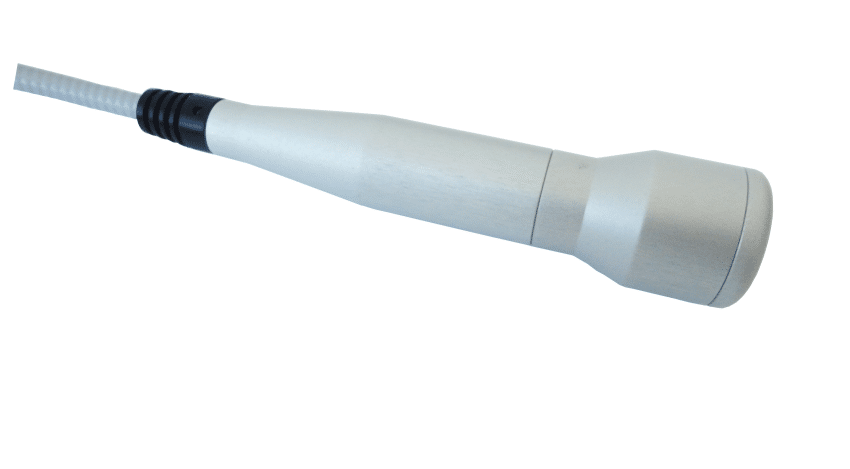This study was carried out to investigate the influence of low-intensity polarized visible laser radiation on the acceleration of skin wound healing. Background Data: Low-level laser therapy (LLLT) at adequate wavelength, intensity, and dose can accelerate tissue repair. However, there is still unclear information about light characteristics, such as coherence and polarization. Some studies indicate that linearly polarized light can survive through long propagation distance in biological tissue. Materials and Methods: Three burns about 6 mm in diameter were created on the back of rats with liquid N2. Lesion “L//” was irradiated by He-Ne laser (l= 632.8 nm), D= 1.0 J/cm2, with linear polarization parallel to the spinal column of the rat. Lesion “L^” was irradiated using the same laser and dose, but the light polarization was aligned perpendicularly to the relative orientation. Lesion “C” was not irradiated in order to be considered as control. The animals were sacrificed at day 3–17 after lesion creation. Samples were collected and prepared for histological analysis. Results: Histological analysis showed that the healing of irradiated wounds was faster than that of non-irradiated wounds. Moreover, it was observed that skin wound repair is dependent on polarization orientation with respect to a referential axis as the animal’s spinal column. Consequently, “L//” was completely healed after 17 days, whereas “L^” showed a moderate degree of healing after the same period. Conclusions: These results indicate that the relative direction of the laser polarization plays an important role in the wound healing process when highly coherent He-Ne laser is used.
[iframe src=”https://www.studiopescatore.ge.it/documenti/bibliografia/dermatologia/2011/2011_21/index.html” width=”100%” height=”480″]
MARTHA SIMÕES RIBEIRO
DANIELA DE FÁTIMA TEIXEIRA DA SILVA
CARLOS EUGÊNIO NABUCO DE ARAÚJO
SÉRGIO FERREIRA DE OLIVEIRA
CLEUSAMARIA RASPANTINI PELEGRINI
TELMAMARIA TENÓRIO ZORN
DENISE MARIA ZEZELL
